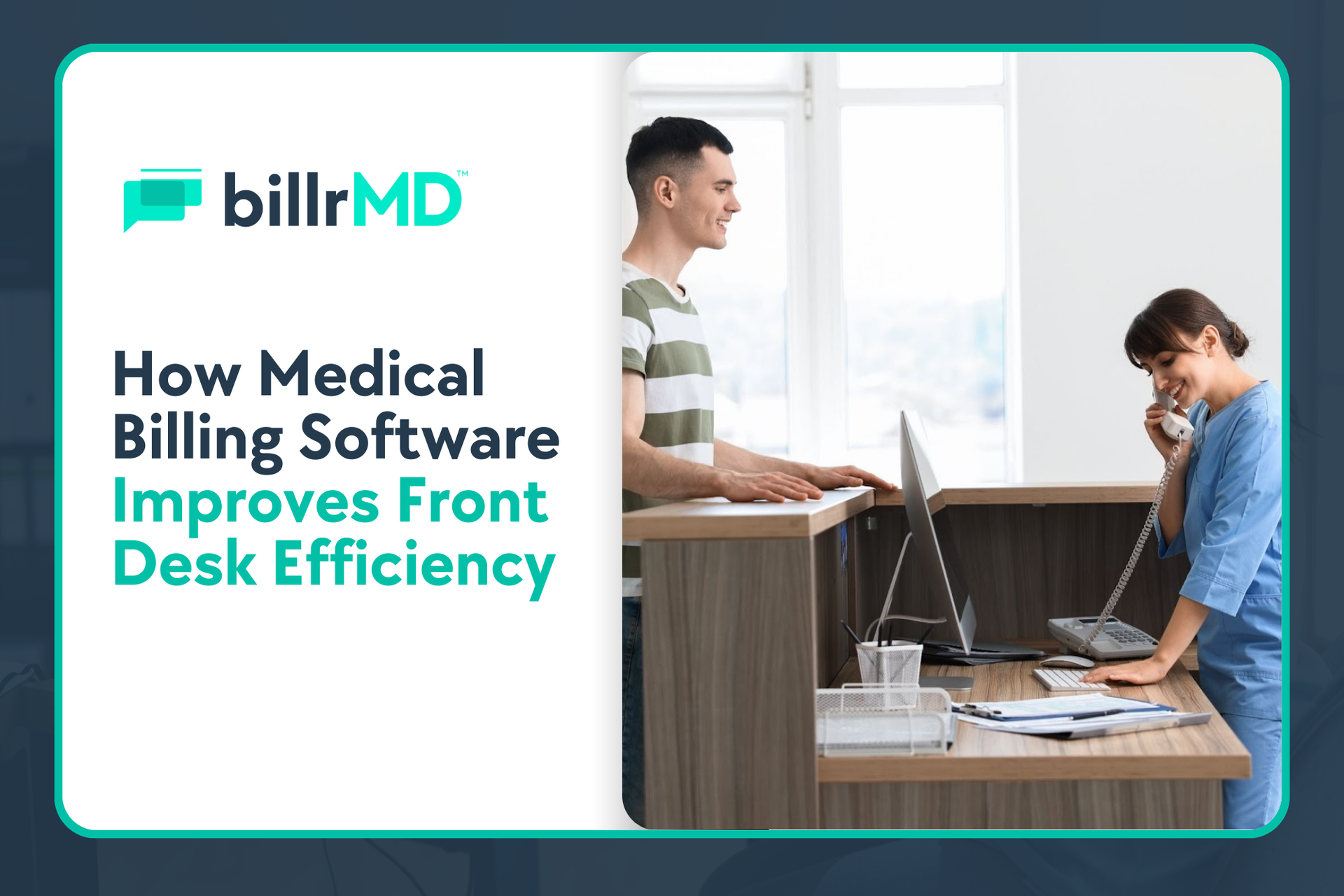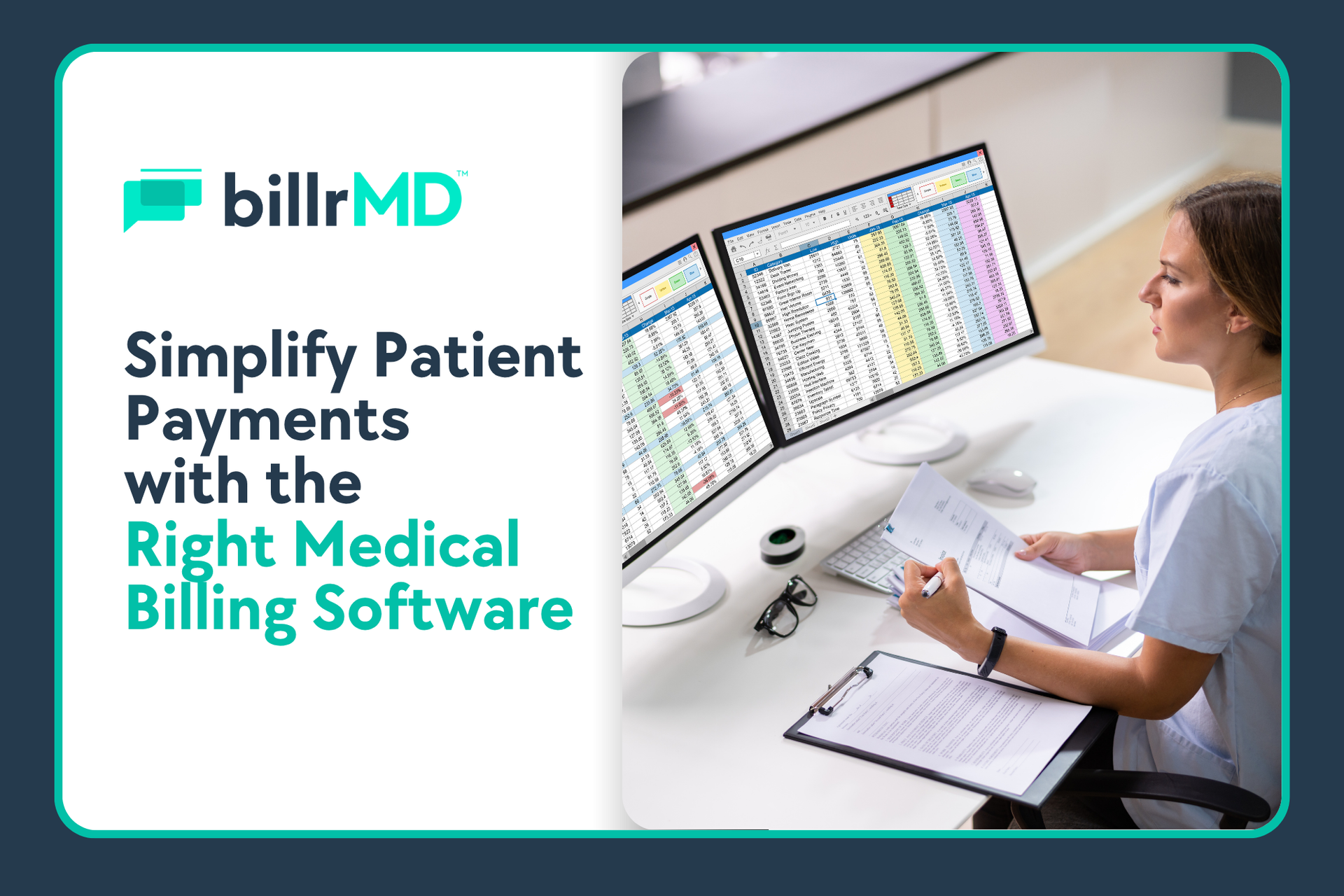Claim denials in healthcare are a headache every practice knows all too well. You submit a claim expecting reimbursement, only to find it denied due to missing details, coding errors, or changes in payer rules. According to the Journal of AHIMA, nearly 20% of all claims are denied, and as many as 60% of returned claims are never resubmitted—representing a massive loss in potential revenue.
The challenge is that denial management often depends on manual work. Teams spend hours sorting through EOBs, updating spreadsheets, and making endless phone calls. It’s repetitive, error-prone, and exhausting, leaving billing staff with little time to focus on bigger priorities within their revenue cycle management process.
This is where automation changes the story. By streamlining claim triage, appeals, and status checks, automated tools reduce manual touchpoints and speed up recovery. At
billrMD, we’ve built automation into denial workflows, enabling providers to recover revenue faster, reduce errors, and keep billing teams focused on preventing denials from occurring in the first place.
Don’t Let Denials Pile Up
The Burden of Manual Denial Management Workflows
Manual
denial management is tedious and time-consuming. After a claim is denied, staff often have to review EOBs, update spreadsheets, and spend hours on payer portals or making phone calls before they can resubmit the claim. It’s a cycle that feels more like firefighting than fire prevention.
Common manual tasks that add too many “touchpoints” include:
- Data entry: Re-keying claim details into spreadsheets or systems.
- Status checks:
Logging into payer portals one by one for updates.
- Appeal submissions: Drafting letters from scratch for similar denials.
- Chasing payers: Long phone calls that eat into staff productivity.
The result is slower claim recovery, higher labor costs,
staff burnout, and increased errors, all of which leave valuable revenue stuck in limbo.
Where Automation Steps In
Manual processes may feel unavoidable, but there’s a smarter way forward. Through denial billing automation features, AI, and rules-based logic, modern healthcare billing software can almost independently handle repetitive tasks in denial management, freeing your team from time-consuming manual work.
Here’s where automation makes the biggest impact:
- Denial categorization:
Sorting denials by reason code to ensure the right actions are taken more quickly.
- Status tracking:
Monitoring payer portals and flagging updates instantly.
- Automated appeals:
Generating appeal letters with payer-specific templates.
- Root-cause analysis: Spotting denial patterns to prevent issues before they repeat.
With these tasks handled automatically, your team gains more time to recover revenue quickly and work on strategies that prevent denials altogether.
Key Benefits of Automating Denial Workflows
When automation takes over the repetitive aspects of
claims denial management, the benefits set in almost immediately. Not only does it save time, it also results in a smarter, more efficient revenue cycle that works for your team rather than against them.
Here’s what providers gain with automated denial workflows:
- Faster recovery:
Denied claims can be reworked and resubmitted in a shorter timeframe, resulting in an improved cash flow and earlier reimbursements.
- Accuracy and compliance: Automation reduces the risk of human error and ensures payer rules are applied consistently, thereby protecting revenue and compliance at the same time.
- Scalability:
As your organization grows, automation helps you manage a higher volume of denials without needing to add more staff.
- Better staff utilization: Instead of spending hours on repetitive tasks, your team can focus on high-value work, such as handling complex appeals, analyzing trends, and preventing denials.
With fewer touchpoints slowing things down, denial management shifts from a reactive chore to a proactive strategy that protects revenue and empowers your staff.
Practical Use Cases in Claim Recovery
We’ve talked about the benefits; now let’s see automation in action. For many practices, the shift from manual to automated claim denial management is dramatic. What once took ten steps can now be done in just two or three.
Here are some real examples of how automation transforms denial workflows:
- Denial triage:
Instead of staff manually sorting through EOBs,
healthcare billing software can automatically categorize by reason code and route to the right workflow.
- Appeal letter generation:
Automation pulls claim data and payer rules to instantly populate templates, eliminating the need to draft each appeal from scratch.
- Claim status checks:
Automated programs log into payer portals and pull real-time updates so your team doesn’t waste hours chasing information.
- Analytics and reporting:
Reporting tools highlight denial trends, helping you spot recurring issues and prevent them before they pile up.
Picture this: A denial that once meant reviewing the EOB, logging details, checking portals, and drafting letters now takes just two steps. Automation sorts, generates, and flags updates; your staff simply reviews and submits.
The result? Faster recoveries, fewer headaches, and more time for higher-value work.
Overcoming Barriers to Automation
It’s easy to see the benefits of automation, but many practices still hesitate to adopt it. Common concerns include cost, staff training, and whether it will fit their existing RCM software.
These worries stop being roadblocks with the right approach:
- Start small. Focus on high-volume denial types for quick wins.
- Use cloud-based tools.
They integrate more smoothly with current systems.
- Rely on vendor support. Training and guidance help staff adjust with confidence.
- Roll out in phases. Small steps make adoption less overwhelming.
Think of automation as a journey. Even automating one repetitive task can open the door to faster, smarter outcomes—and when combined with the right denial recovery solutions, practices can accelerate reimbursements and reduce manual rework like never before.
The Role of billrMD
Denials happen, but they don’t have to significantly drain your team’s time and energy. In the world of denial management in medical billing,
billrMD
stands as a leading solution, simplifying denial recovery by cutting down the manual steps that usually slow things down.
Here’s how billrMD makes a difference:
- Automated denial categorization: The system instantly sorts denials by reason code, so staff members know exactly what needs attention.
- Appeal letter automation:
Prebuilt payer-specific templates reduce back-and-forth and speed up resubmissions.
- Analytics that prevent repeat denials: Built-in dashboards highlight denial patterns so your team can fix root causes instead of fighting the same battles over and over.
Rethinking Denial Workflows for a Smarter Future
Automation is all about working smarter. By reducing manual touchpoints, speeding up recovery, and freeing your staff from repetitive tasks, automation transforms denial management from a revenue drain into a growth opportunity. Instead of scrambling to fix denials after the fact, your team can focus on preventing them and protecting your bottom line.
It’s time to take a fresh look at your denial workflows. Are they holding you back, or helping you move forward? Ready to reduce manual touchpoints and recover revenue faster? See how billrMD can help streamline your denial workflows today.
Unlock the Power of Automation in Denial Management
Frequently Asked Questions
Will automation replace my billing staff?
No. Automation is designed to handle repetitive, low-value tasks like status checks or appeal letter generation. Your staff remains crucial for handling complex appeals, conducting root-cause analysis, and communicating with patients.
Can automation work with both small practices and large organizations?
Yes. Automation scales to fit practices of all sizes. Smaller practices save time by eliminating manual steps, while larger organizations benefit from handling higher denial volumes without requiring additional staff.
What if my current RCM software isn’t fully compatible?
Cloud-based platforms like billrMD are built for integration. Even if your system isn’t advanced, automation can overlay onto existing workflows through phased adoption.
Does automation only help with denied claims?
No. By analyzing denial trends, automation also prevents future denials—improving overall claim acceptance rates and strengthening revenue cycle health.















